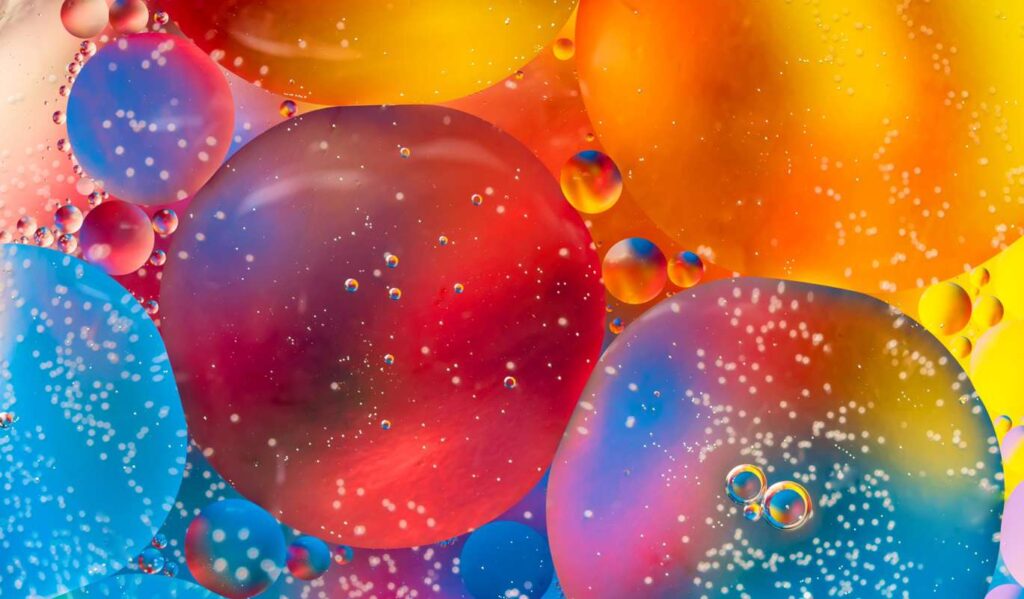A solid solution may be formed when impurity atoms are added to a solid, in which case the original crystal structure is retained and no new phases are formed.
• Substitutional solid solutions: impurity atoms substitute for host atoms, and appreciable solubility is possible only when atomic diameters and electronegativities for both atom types are similar, when both elements have the same crystal structure, and when the impurity atoms have a valence that is the same as or less than the host material.
• Interstitial solid solutions: These form for relatively small impurity atoms that occupy interstitial sites among the host atoms


